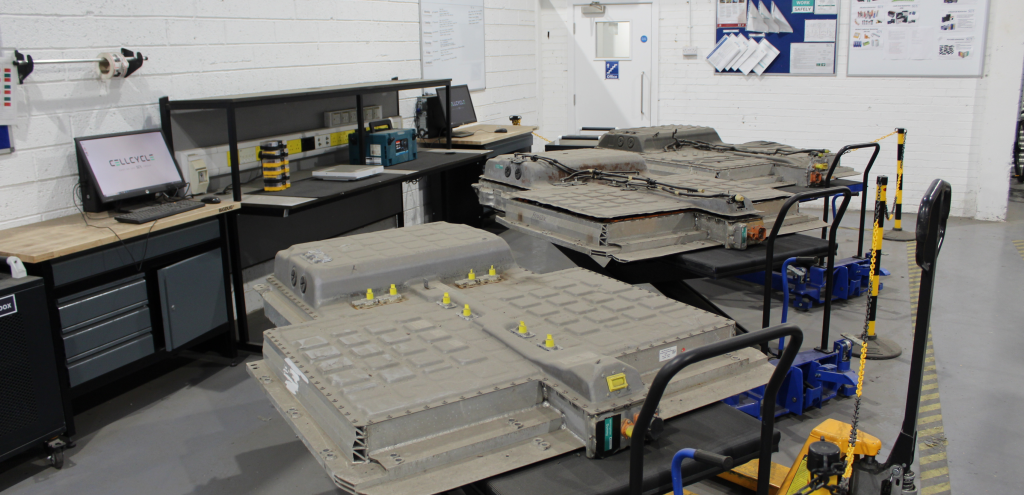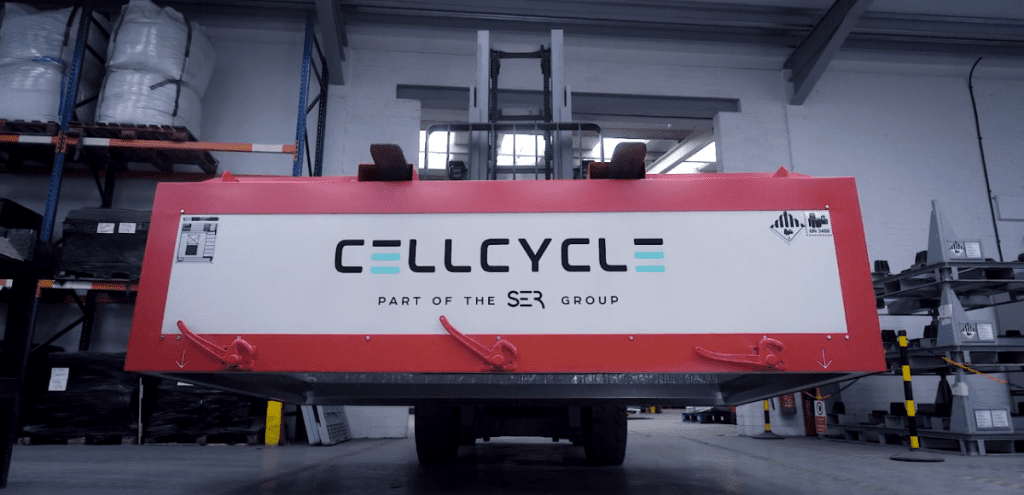.
In the drive towards cleaner transport, lithium-ion batteries are powering a global shift to electric vehicles (EVs). Yet behind every efficient EV lies a complex architecture of systems working in harmony—and none is more critical than the Battery Management System (BMS).
The BMS is not just an internal component of a lithium ion battery pack. It’s the intelligent control layer that protects, manages, and optimises battery performance throughout its life. And as vehicles reach end-of-life, the BMS becomes a silent but central player in EV battery recycling.
What Is a Battery Management System?
A Battery Management System is an embedded electronic platform within every EV battery pack. Its role is to:
- Monitor voltage, current, and temperature across individual cells and modules
- Calculate key performance indicators, including State of Charge (SoC) and State of Health (SoH)
- Provide cell balancing to prevent uneven wear and thermal instability
- Log operational history such as charging patterns, fault events, and performance anomalies
- Communicate battery status to the vehicle’s systems via CAN bus or equivalent protocols
This continuous monitoring and data logging help EV manufacturers deliver safer, more efficient battery performance. But when a battery reaches its end-of-life, that same data becomes vital for EV battery recycling facilities aiming to process batteries safely and efficiently.
The BMS at End-of-Life: A Technical Data Archive
As lithium-ion batteries age, they lose energy capacity and power output, eventually requiring retirement from automotive use. At this stage, the BMS acts as a digital record of everything the battery has experienced—how it’s been used, charged, stored, and stressed.
This data informs decisions such as:
- Is the battery suitable for second-life use?
- Are there any hidden safety risks (e.g. past thermal events or voltage instability)?
- Which cells or modules can be harvested or must be recycled outright?
For any lithium ion battery recycling plant, having access to BMS data can reduce risk, improve grading accuracy, and optimise material recovery.
BMS Technology Enabling Second-Life EV Batteries
Battery Management Systems are increasingly being used to control the safety and performance of second-life EV battery systems, such as large-scale battery racks in energy storage applications. By enabling precise monitoring and balancing of repurposed cells, BMS technology allows lithium-ion batteries to be reused in stationary environments with confidence—extending their useful life, reducing carbon emissions, and minimising electronic waste. This capability is vital in advancing the circularity of EV battery recycling systems.
The Challenge: Data Inaccessibility and Locked Systems
Despite its value, many BMS units are proprietary and encrypted by vehicle manufacturers. This makes it difficult for EV battery recyclers to retrieve critical information during the intake and assessment process.
Without BMS access, a battery must be physically tested to understand its condition—requiring time, specialised equipment, and added safety precautions. Engineers in the recycling sector often perform precision diagnostics including:
- Impedance testing to identify internal resistance and degradation
- AC ripple analysis to assess electrolyte health
- Load testing to measure capacity and voltage drop under strain
These methods help ensure safe handling, storage, and treatment of batteries across complex lithium battery logistics operations.
Looking Ahead: The Case for Open BMS Standards
To fully enable the circular economy for EV batteries, BMS data must become more accessible. Industry-wide collaboration, or potential regulatory frameworks, could play a role in standardising post-use BMS access for approved EV battery recycling operators.
As EV adoption accelerates, Battery Management Systems will remain essential—not just for performance on the road, but for enabling safe, efficient, and scalable outcomes in EV battery recycling.


